Four Basic Pieces of Equipment for Electrostatic Spray Systems
Posted by: doPowder | on September 17, 2018
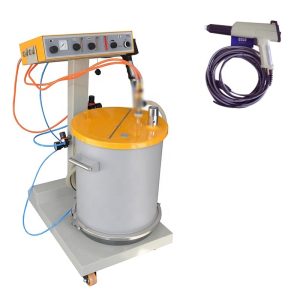
Most powder coating electrostatic spray systems are comprised of four basic pieces of equipment – the feed hopper, electrostatic powder spray gun, electrostatic power source, and powder recovery unit. A discussion of each piece, its interactions with other components, and the various styles available is necessary to understand the functional operation of this process.
Powder is supplied to the spray gun from the powder feeder unit. Usually powder material stored in this unit is either fluidized or gravity-fed to a pumping device for transport to the spray gun(s) (Figure 5-9). Newly developed feed systems can pump powder directly from the storage box.
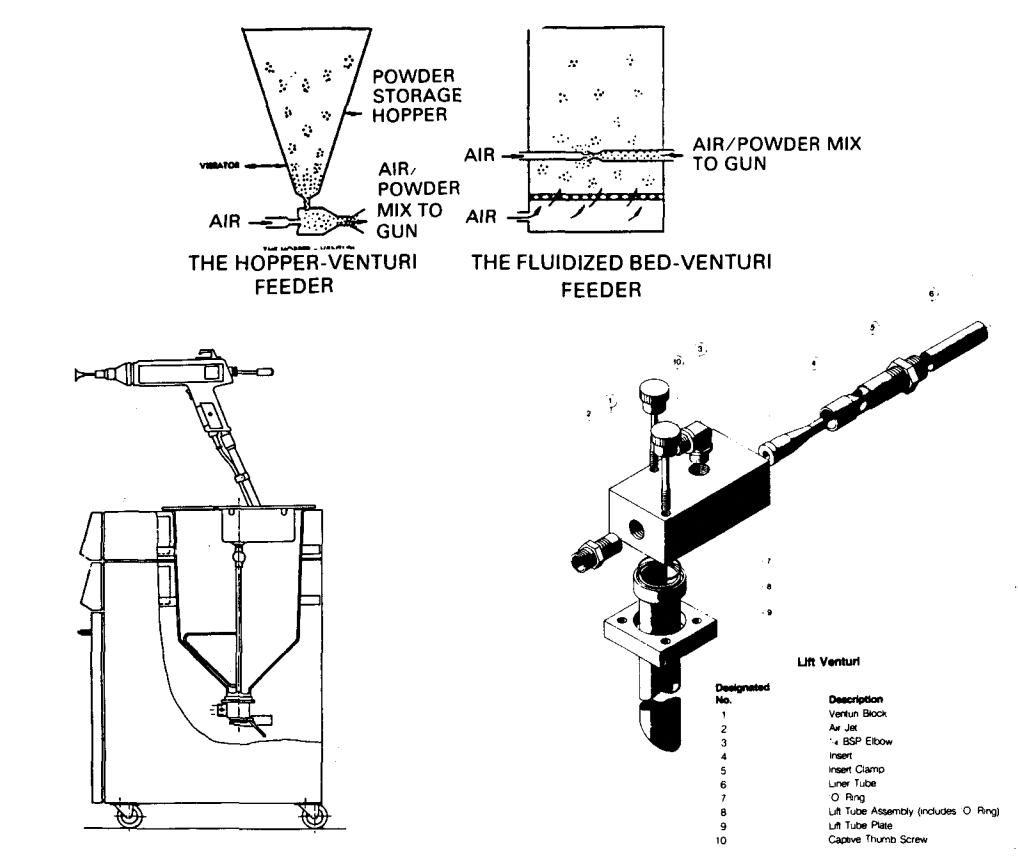
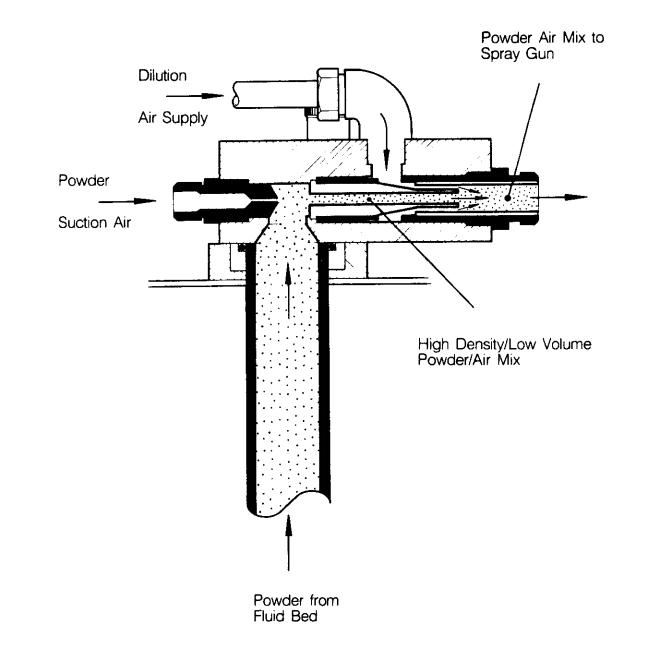
Feeder units, which utilize fluidizing air to facilitate pumping of powder material to the spray concept. Compressed, or forced, air is supplied to an air plenum generally located at the bottom of the feeder unit. Between the air plenum and main body of the feeder unit is a membrane, usually made of a porous plastic-composite material. Compressed air passes through it into the main body of the feeder unit, where powder material is stored. The fluidizing action of the air results in lifting the powder material upward, creating an agitated, or fluidized, state (Figure 5-2). With this fluidizing action, it is possible to control the metering of powder siphoned from the feeder unit by the attached, or submerged, venturi-style pumping device (see Figure 5-9).
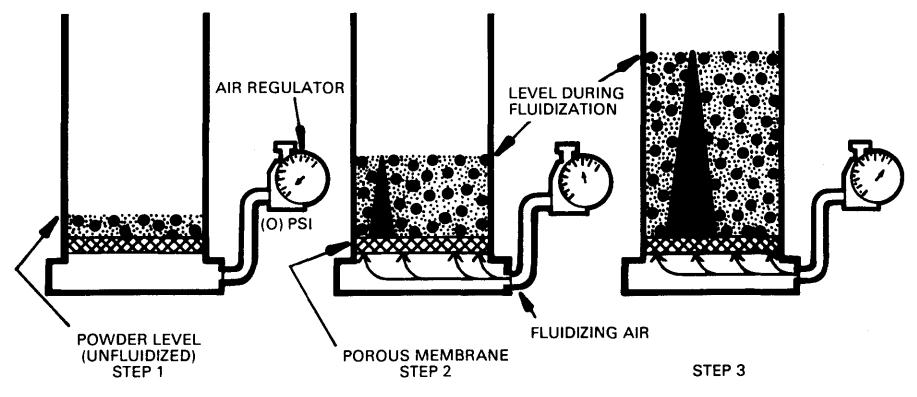
Sieving devices are sometimes used in conjunction with feeder units to screen out any dirt, clumps of powder, and other debris, and to condition the powder prior to spraying. These sieves can be either mounted directly to or above the feeder unit to facilitate easier flow of powder within the closed loop of powder delivery, spray, and recovery (Figure 5-1 1).
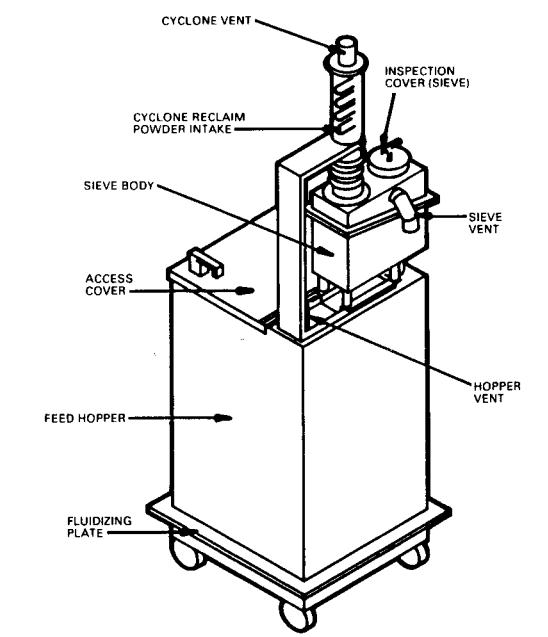
Four Basic Pieces of Equipment for Electrostatic Spray Systems

Comments are Closed